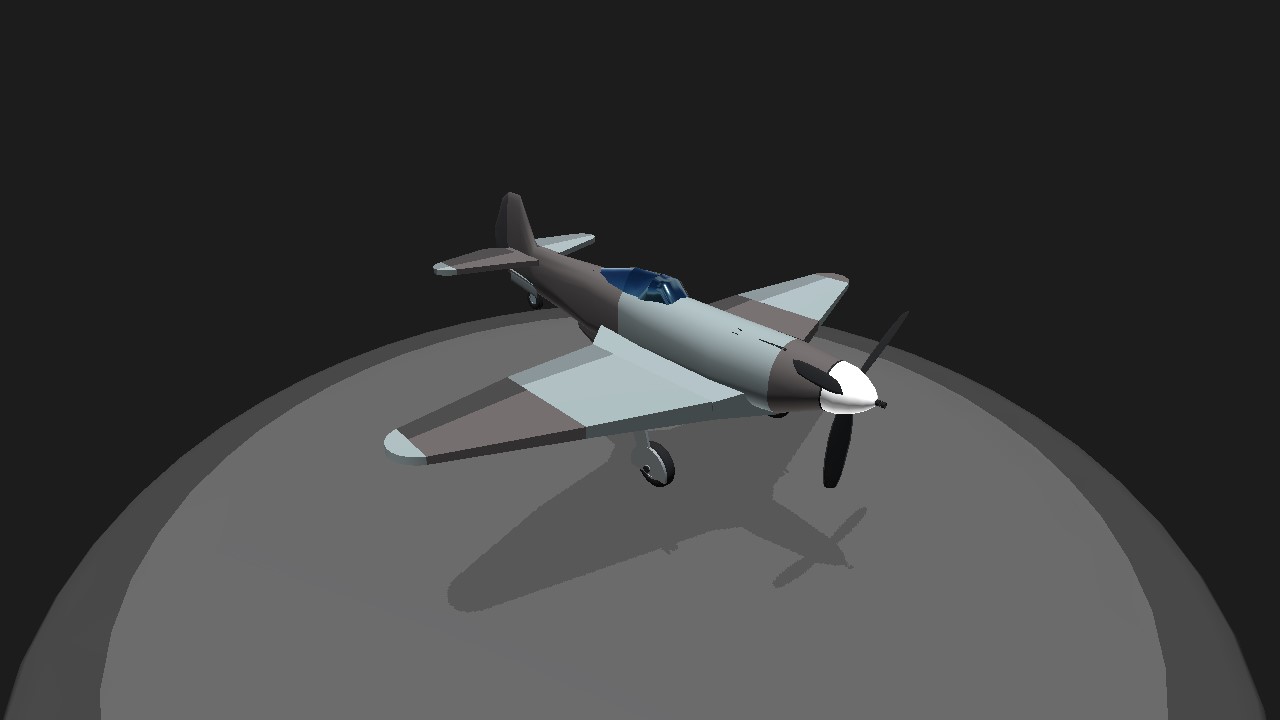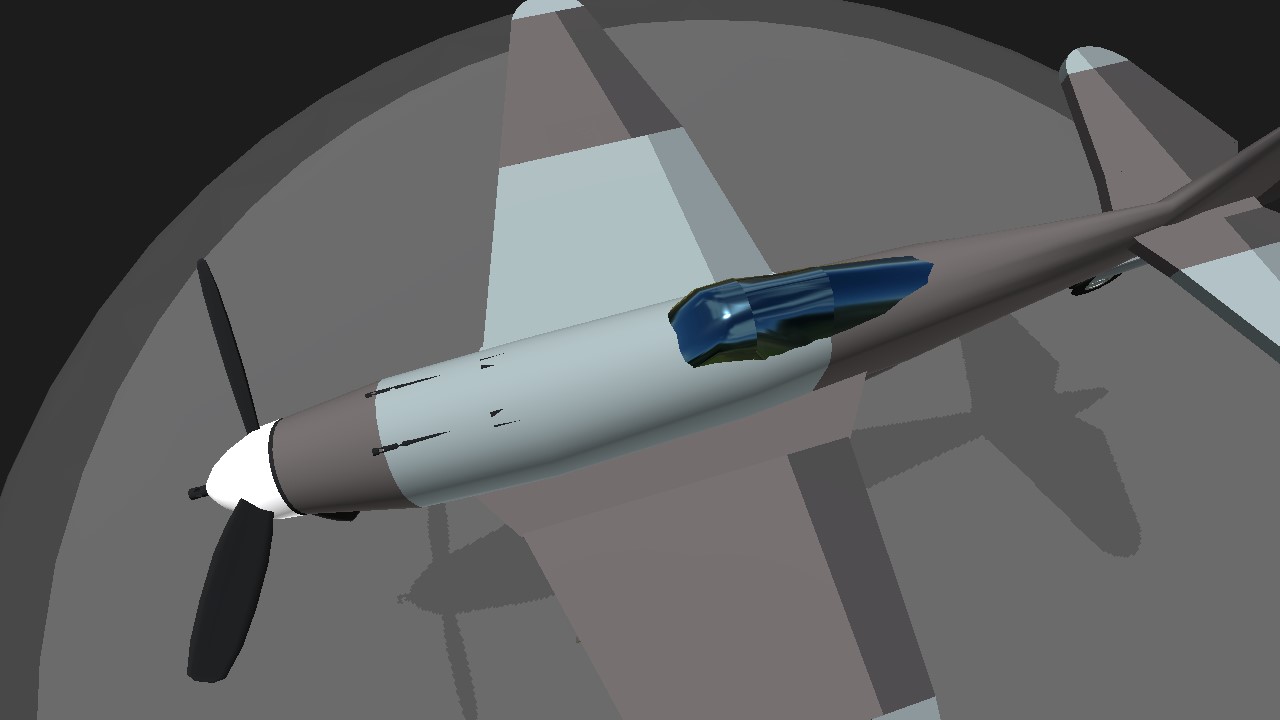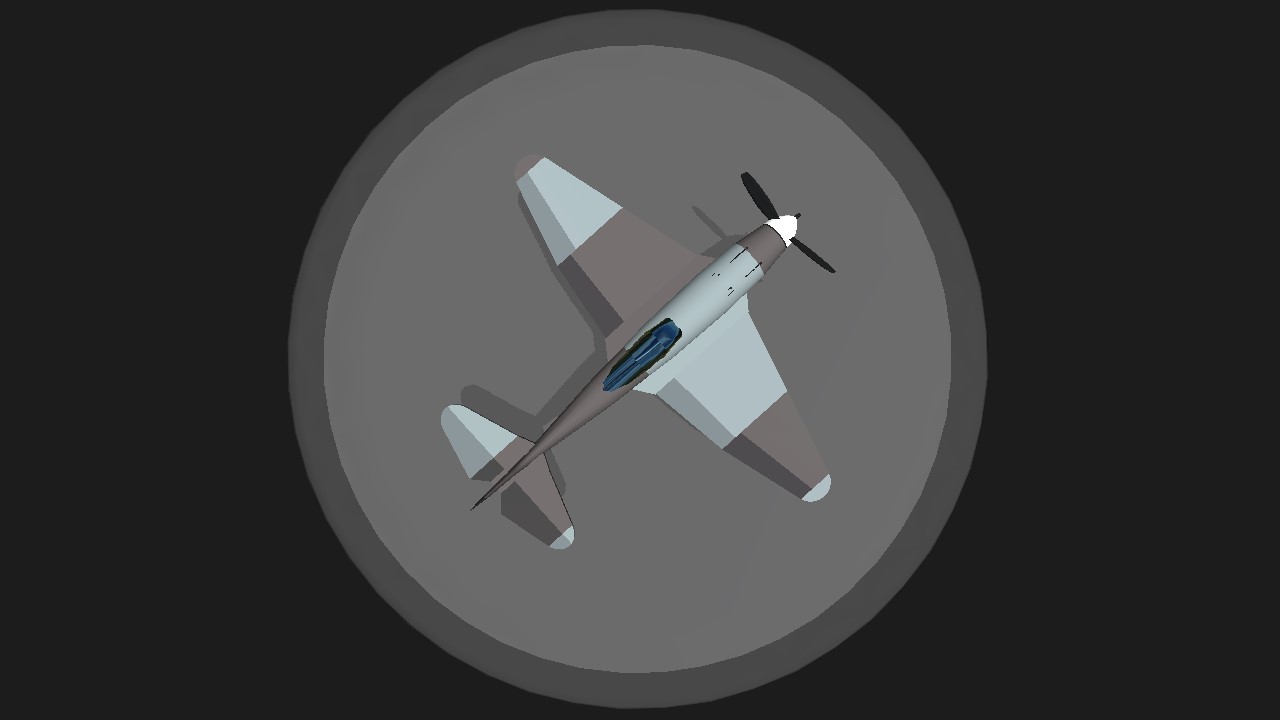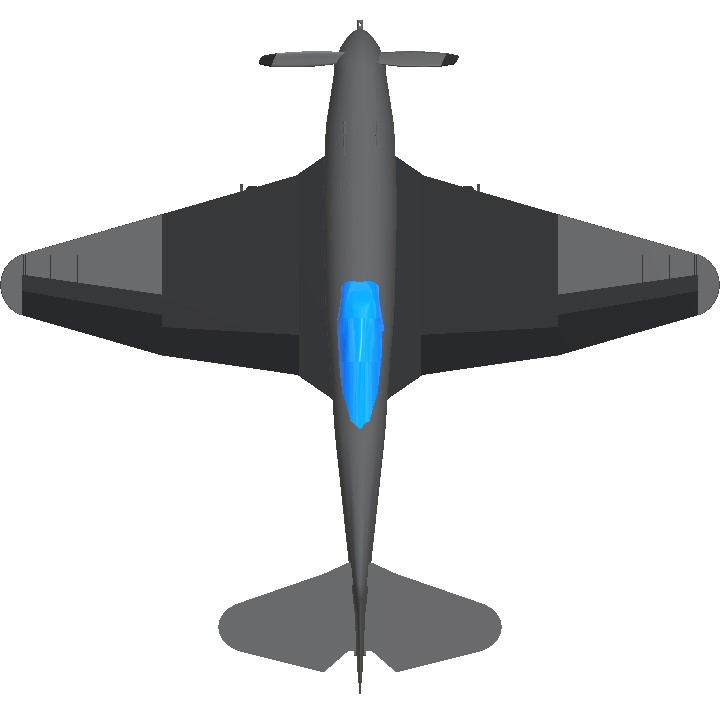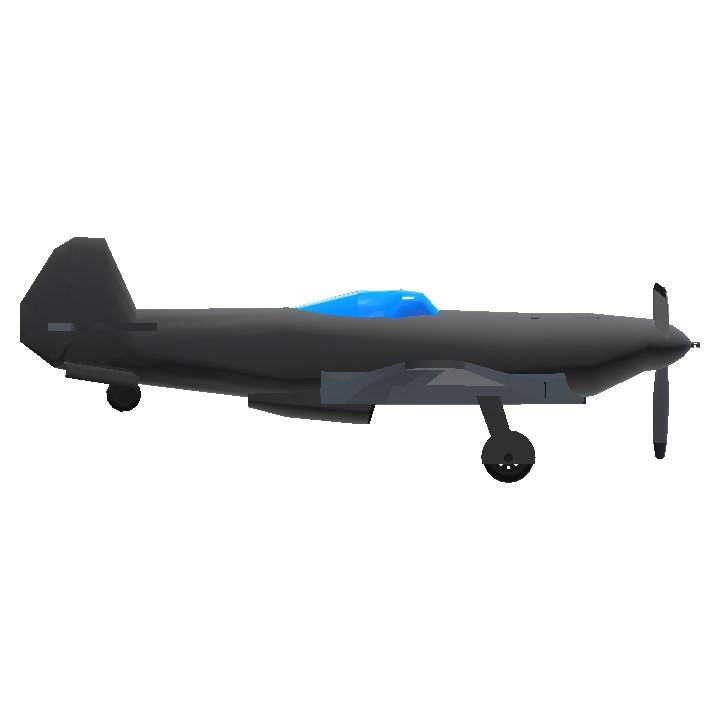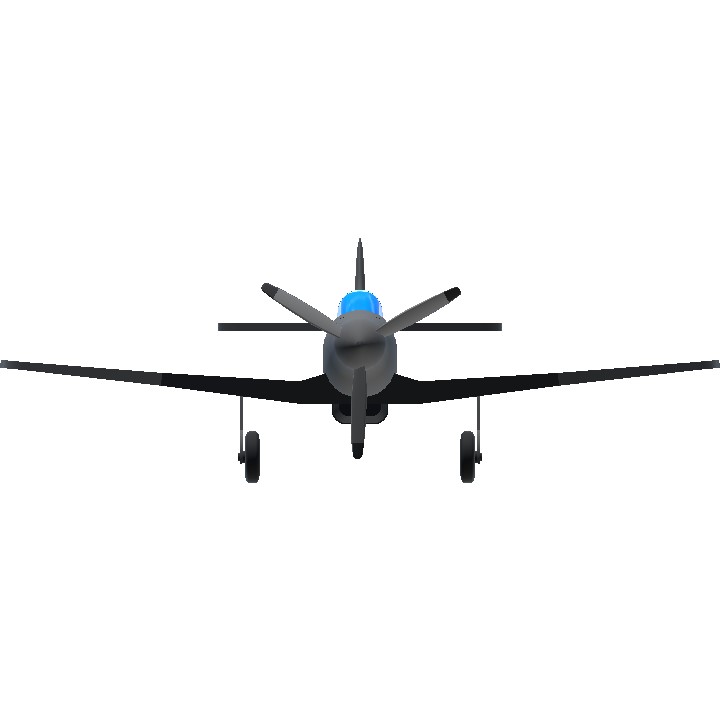Yakovlev Yak-9
- About the aircraft
The Yakovlev Yak-9 (NATO reporting name: Frank (so it had reporting name connection to the Ki-84 for real? )) is a single-engine, single-seat multipurpose fighter aircraft used by the Soviet Union and its allies during World War II and the early Cold War. It was a development of the robust and successful Yak-7B fighter, which was based in turn on the tandem-seat advanced trainer known as the Yak-7UTI. The Yak-9 started arriving in Soviet fighter regiments in late 1942 and played a major role in retaking air superiority from the Luftwaffe's new Focke-Wulf Fw 190 and Messerschmitt Bf 109G fighters during the grand Battle of Kursk in summer 1943.
The Yak-9 had a cut down rear fuselage with an unobscured canopy. Its lighter metal structure allowed for an increased fuel load and armament over previous models built from wood. The Yak-9 was manoeuvrable at high speeds when flying at low and medium altitudes and was also easy to control, qualities that allowed it to be one of the most produced Soviet fighters of World War II.[citation needed] It was produced in different variants including the Yak-9T with the 37 mm (1.5 in) cannon and the "large-calibre" Yak-9K with a 45 mm (1.77 in) cannon firing through the propeller hub, which were used for antitank duty and as potent aircraft destroyers, the fighter-bomber Yak-9B with an internal bomb bay behind the cockpit for up to 400 kg (880 lb) worth of bombs, the long-range Yak-9D and the Yak-9DD with additional wing fuel tanks to escort bombers over Eastern Europe, and the Yak-9U with a more powerful engine and improved aerodynamics. The Yak-9 remained in production from 1942 to 1948, with 16,769 built (14,579 during the war).
After World War II, the Yak-9 also was used by the North Korean Air Force during the Korean War.
- About the variant
A Yak-9T with the Klimov VK-105PF2 engine and numerous aerodynamic and structural improvements introduced with the Yak-3. The main visual difference from the Yak-9T was in the oil coolers in the wing roots, like on the Yak-3, and in that plywood covered the fuselage, instead of fabric. It differed visually from the Yak-3 only by the main landing gear covers. The armament increased to 1 × 23 mm (0.91 in) VYa cannon with 60 rounds and 2 × 12.7 mm (0.50 in) UBSs with 170 rounds each. The VYa cannon could be replaced by a ShVAK, B-20, or NS-37, the latter requiring removal of the starboard UBS machine gun. It did not enter production because the VYa was considered unsatisfactory and because the one cannon, one machine gun armament seen on previous models offered a significant increase in range.
C O N T R O L S
Trim : Flaps, cruising 'rotate' adjuster
VTOL : Further flaps
Specifications
General Characteristics
- Created On Android
- Wingspan 29.4ft (8.9m)
- Length 27.7ft (8.4m)
- Height 10.0ft (3.1m)
- Empty Weight 4,384lbs (1,988kg)
- Loaded Weight 5,802lbs (2,631kg)
Performance
- Power/Weight Ratio 0.138
- Horse Power/Weight Ratio 0.284
- Wing Loading 13.8lbs/ft2 (67.6kg/m2)
- Wing Area 419.1ft2 (38.9m2)
- Drag Points 1090
Parts
- Number of Parts 67
- Control Surfaces 7
- Performance Cost 449

